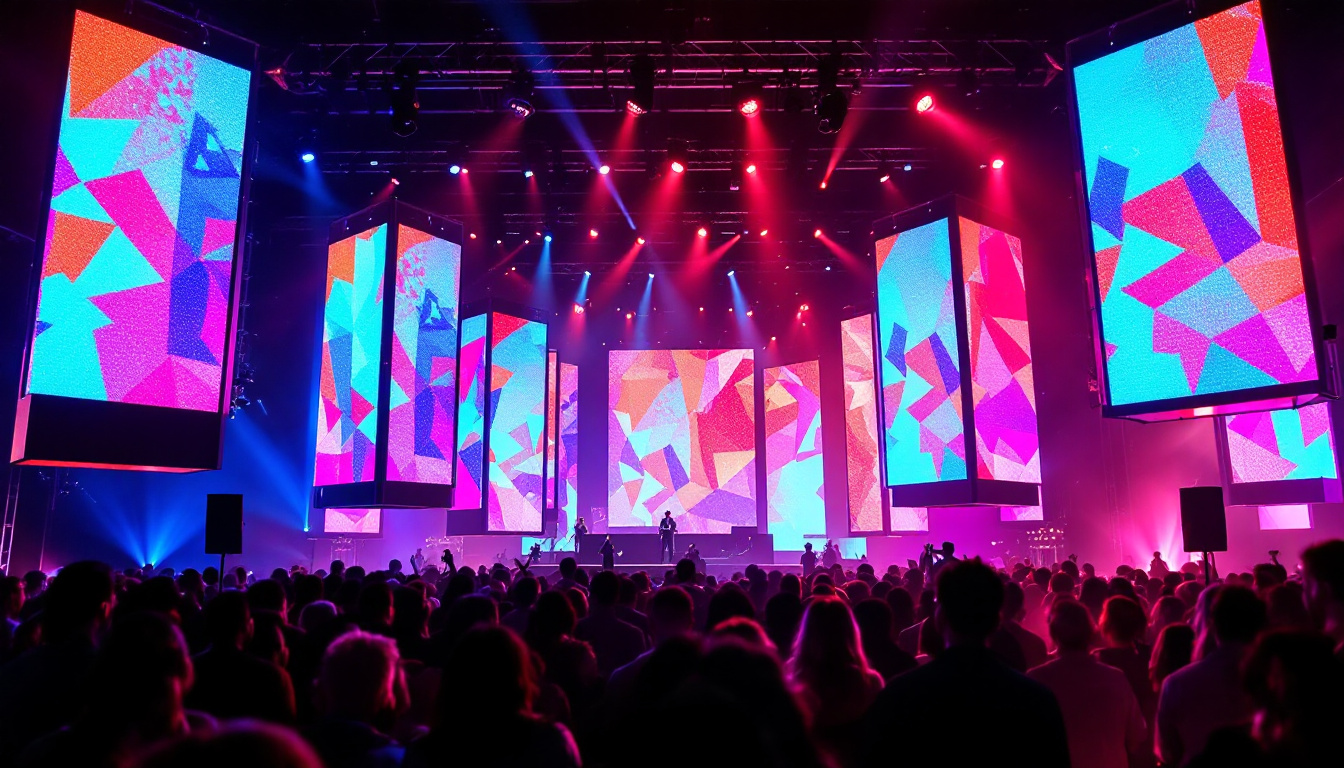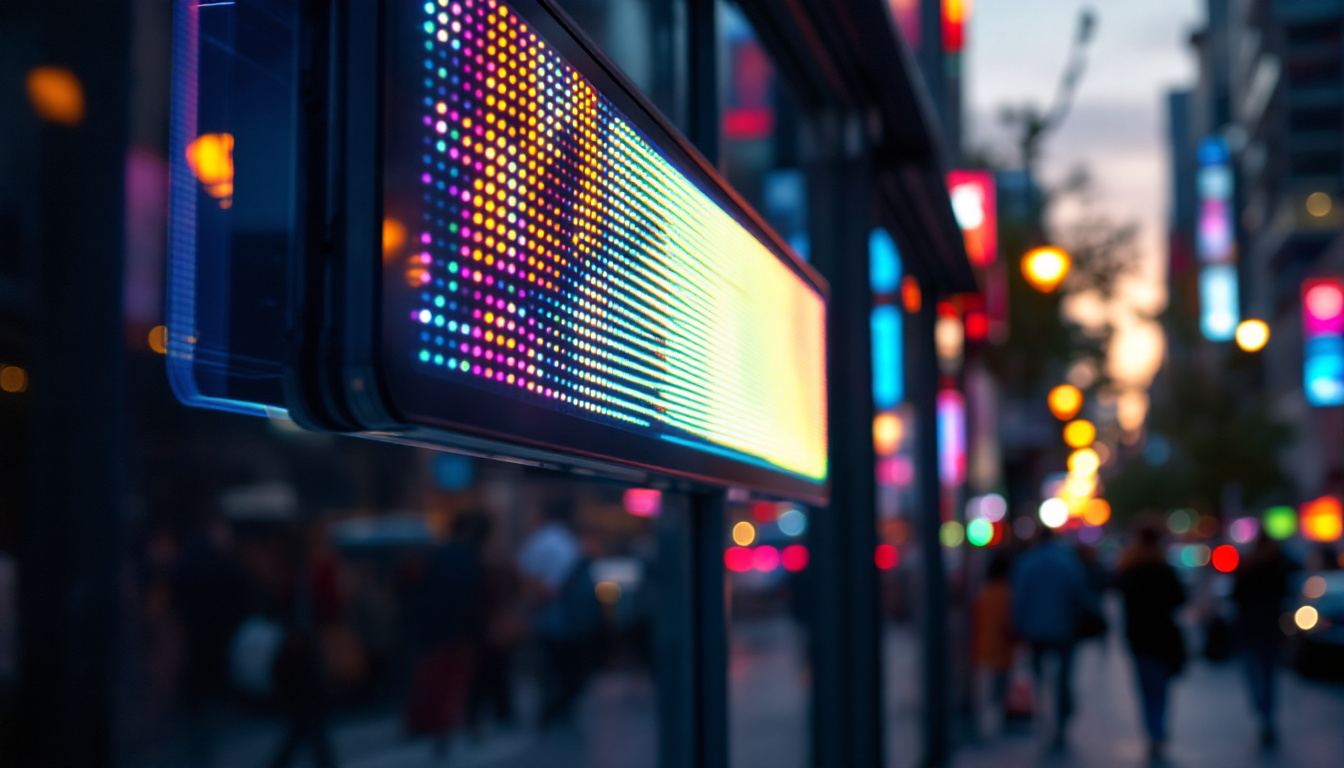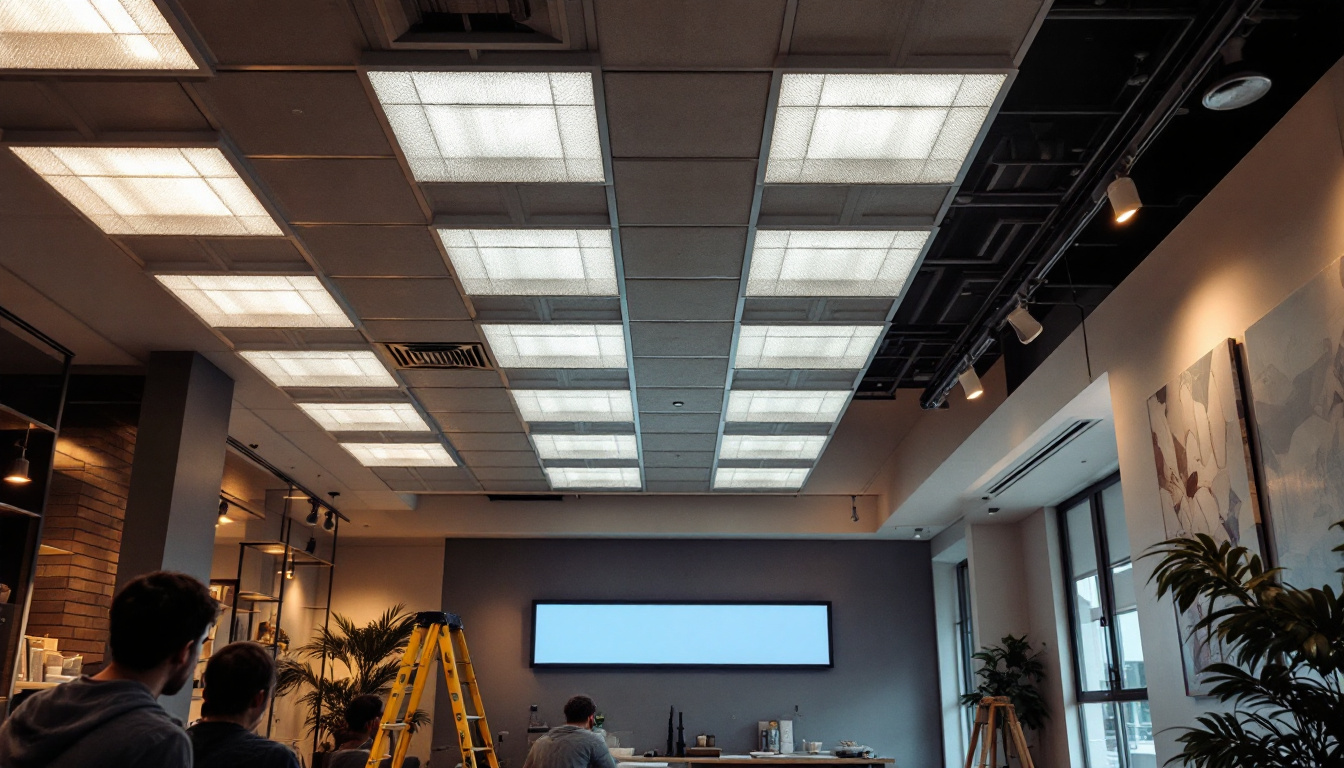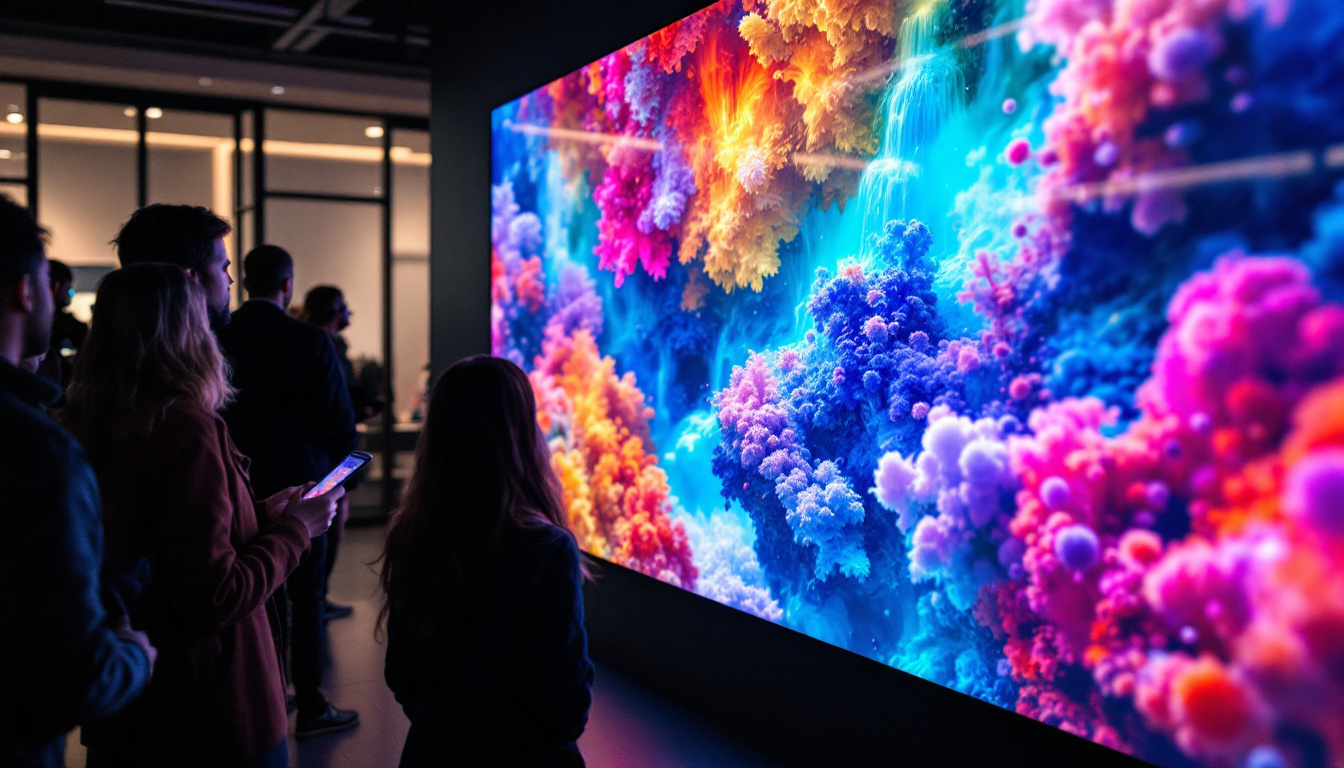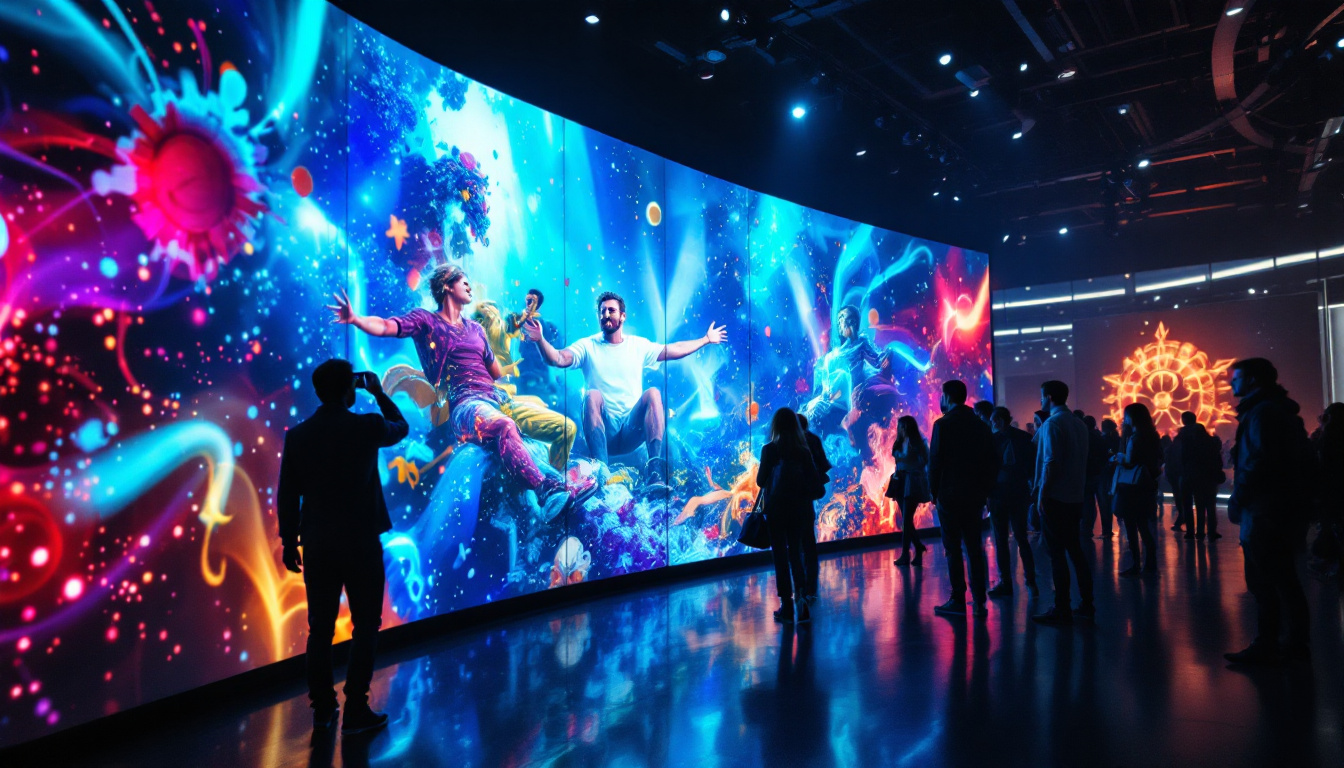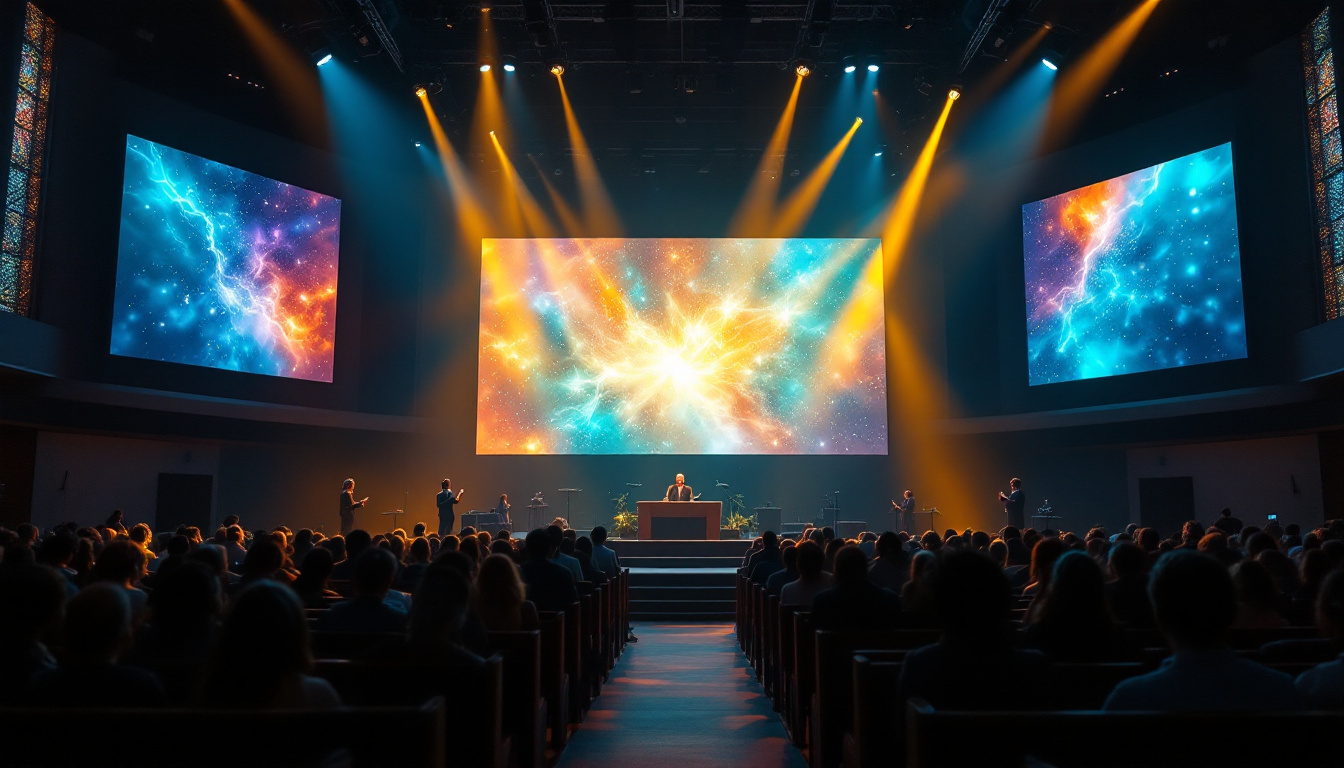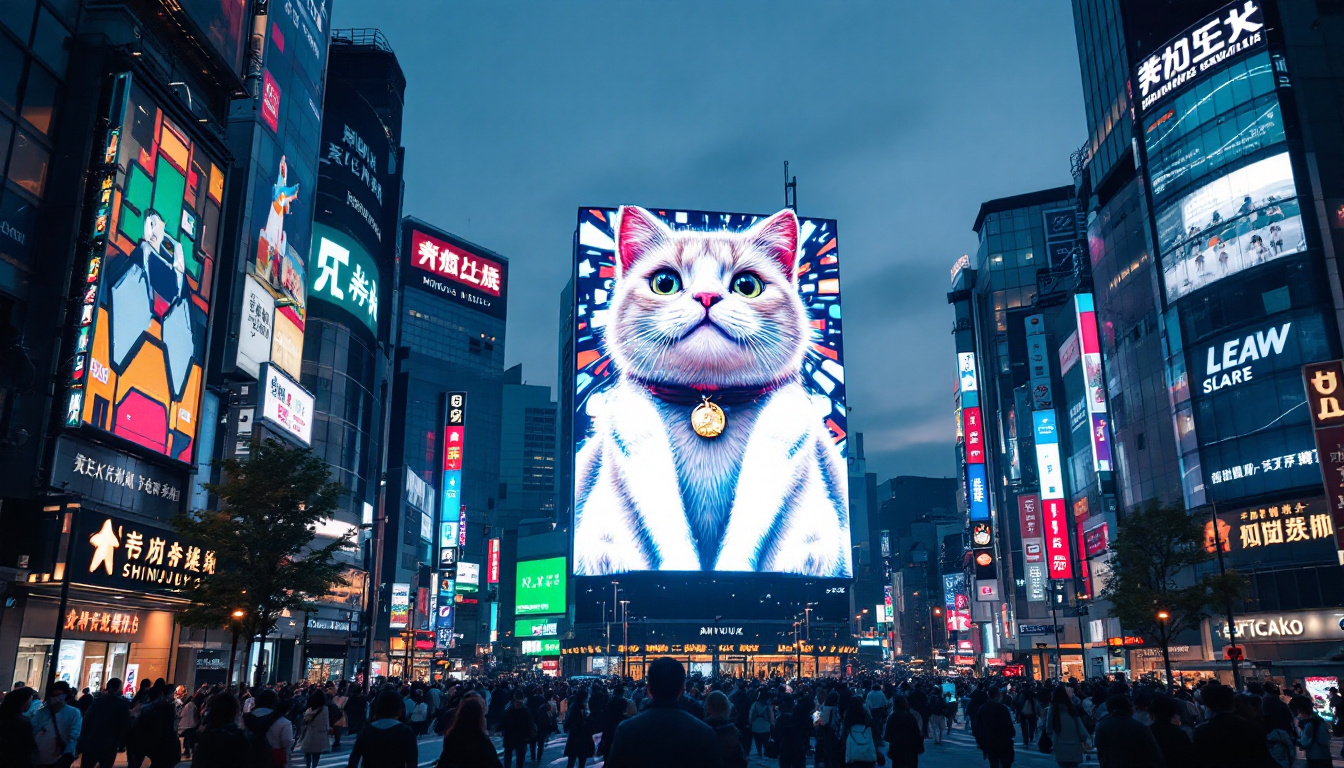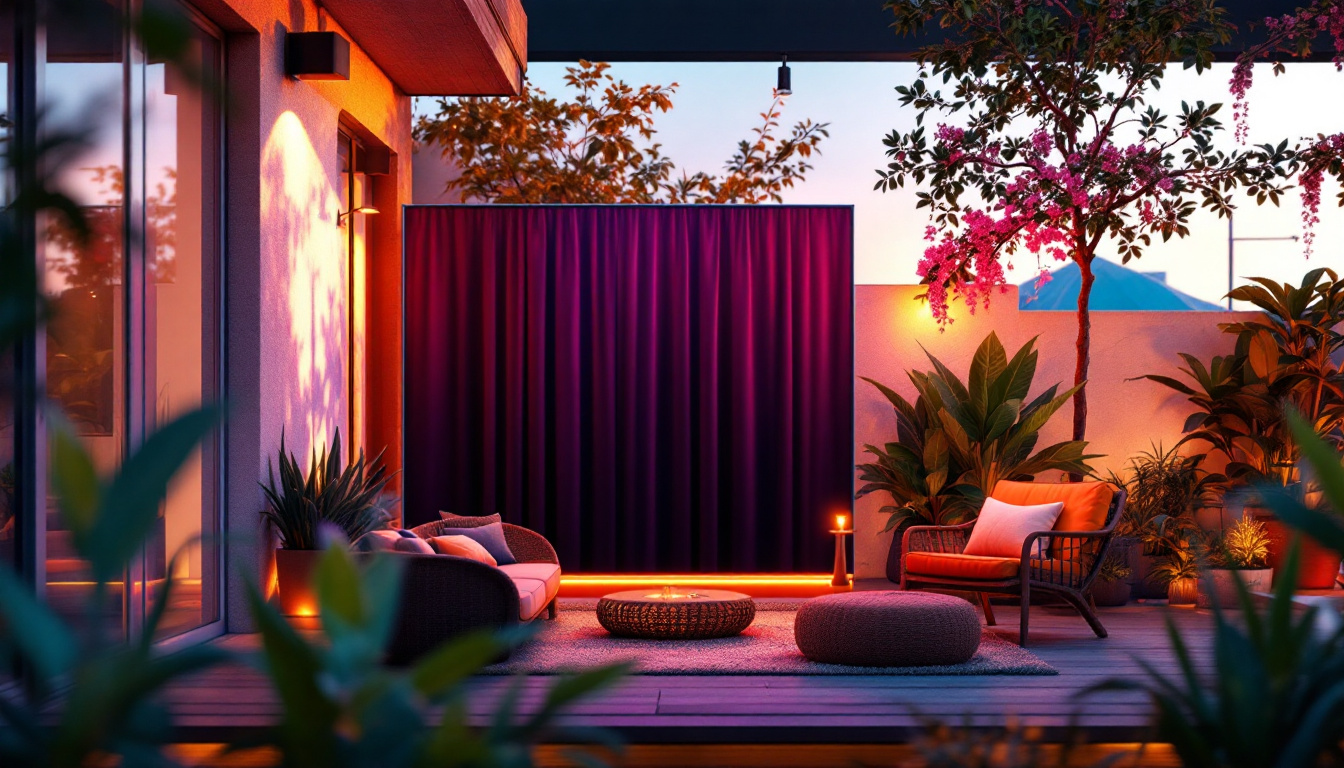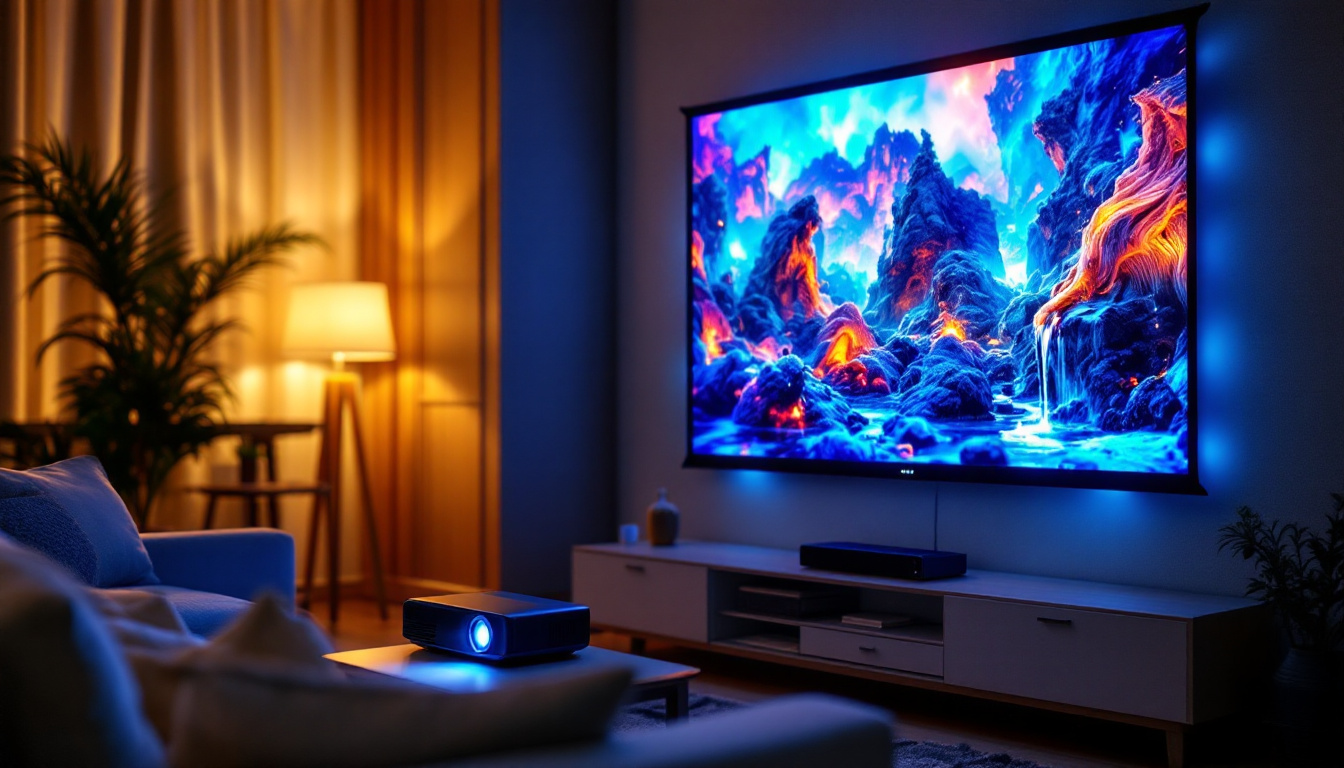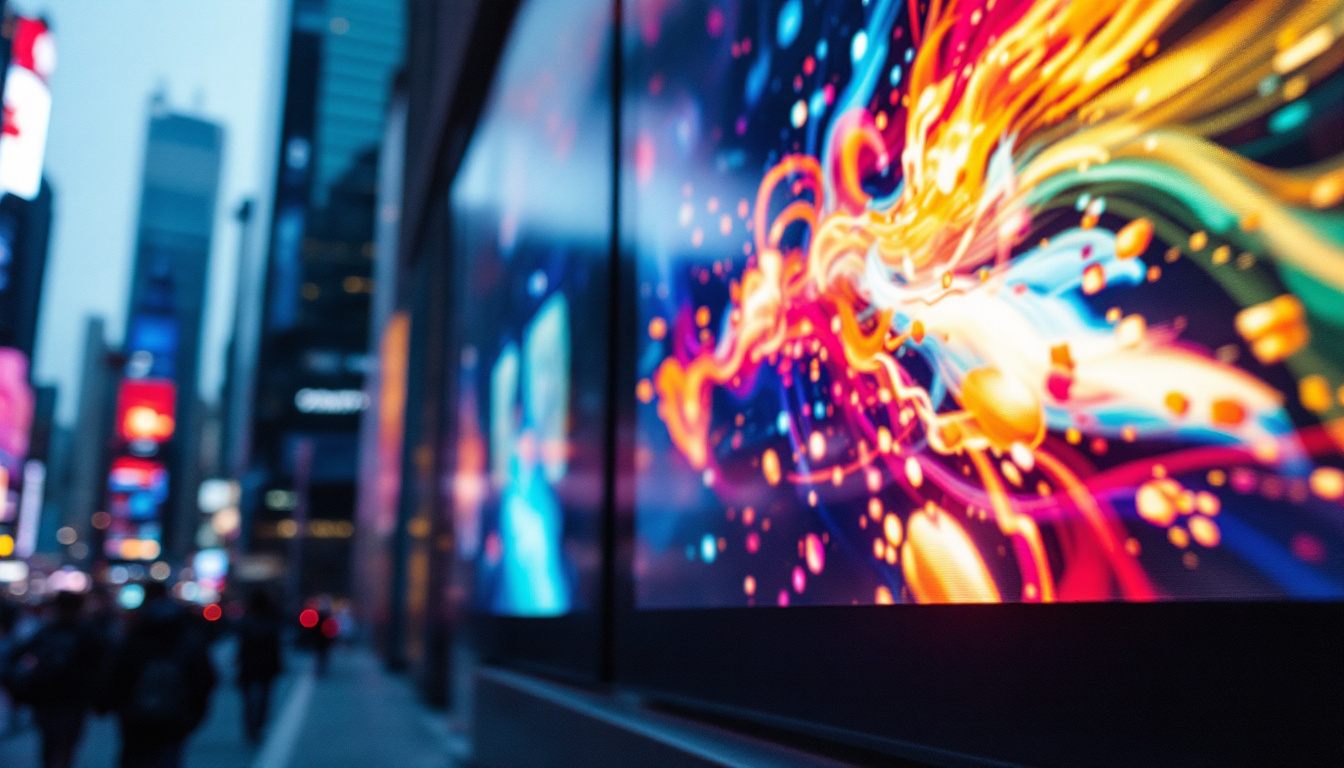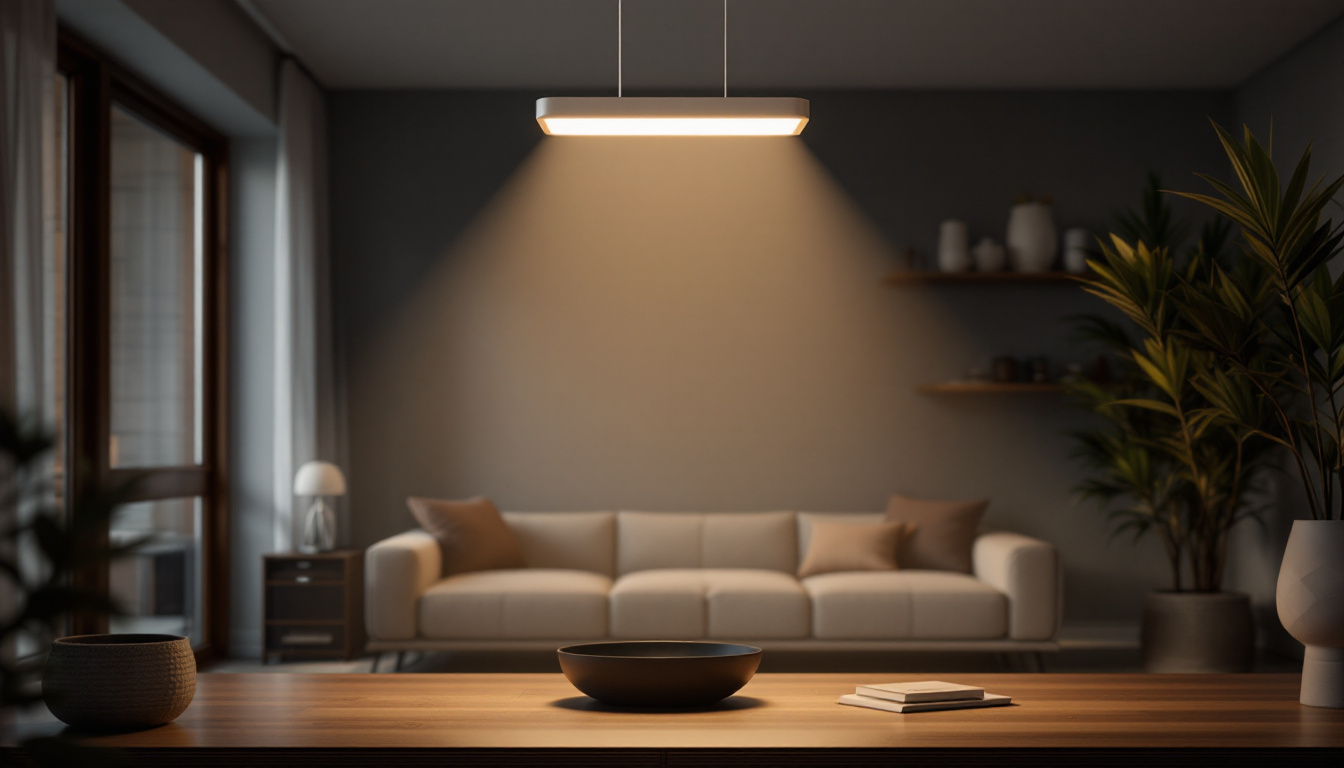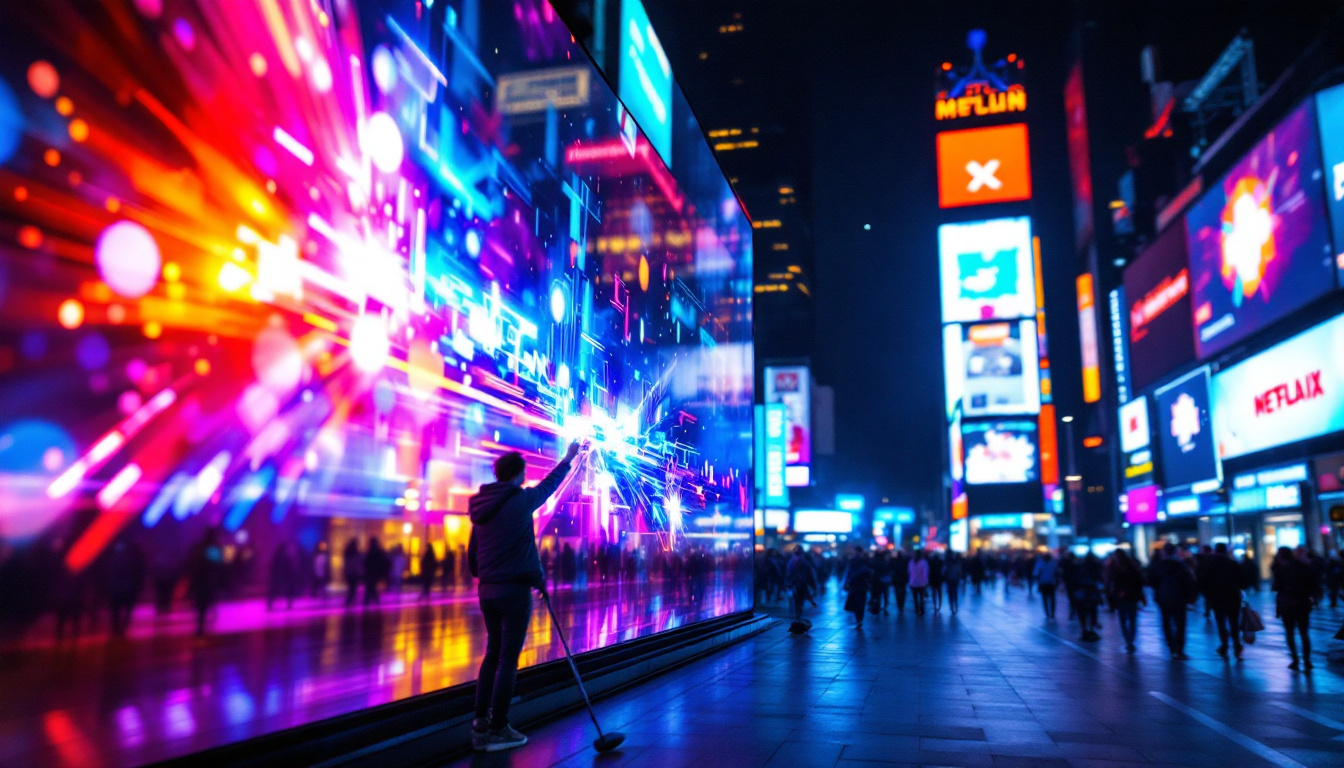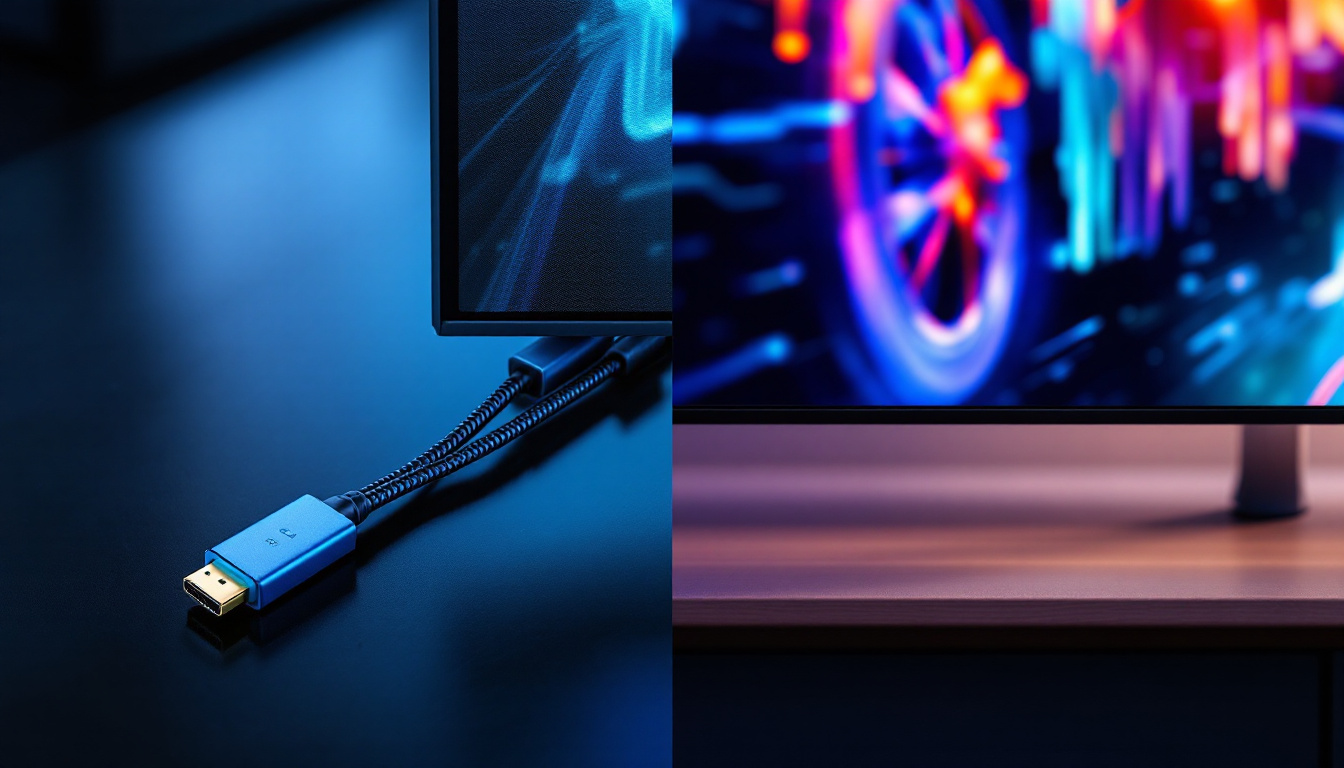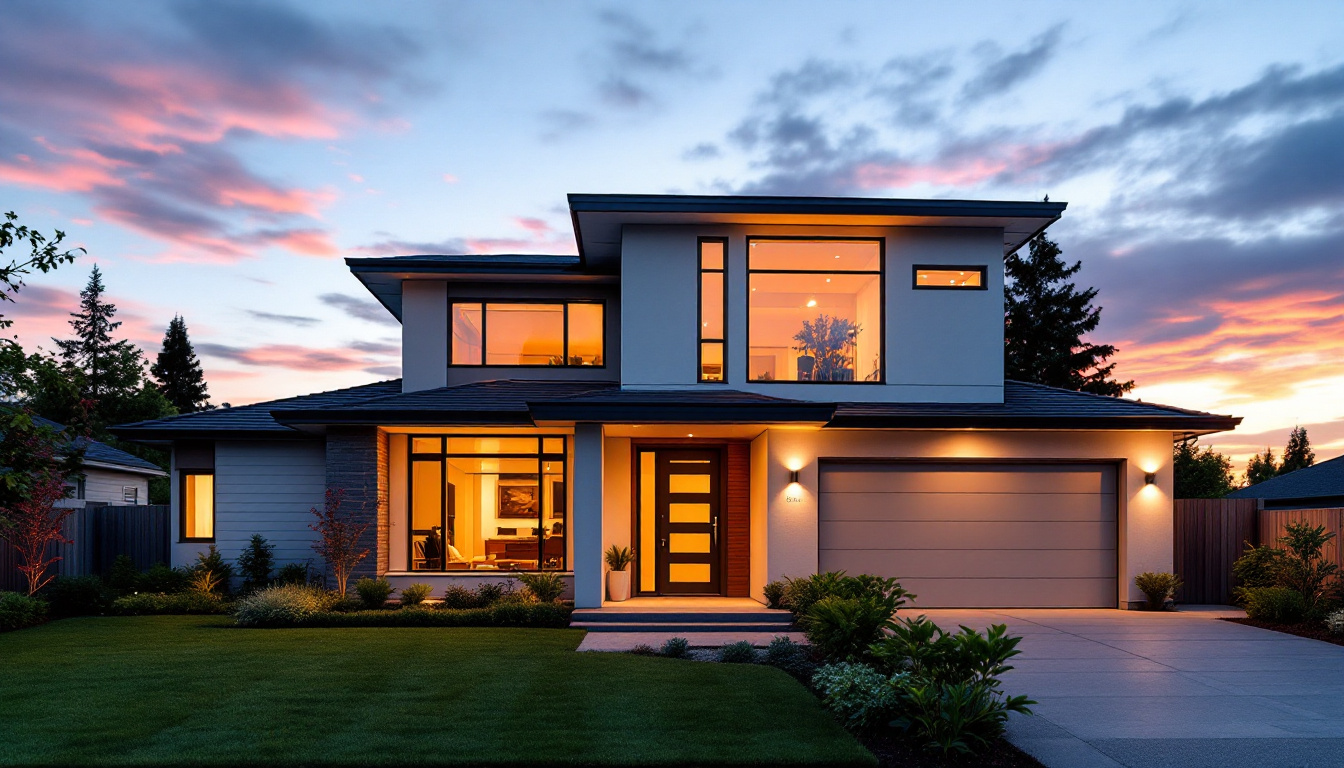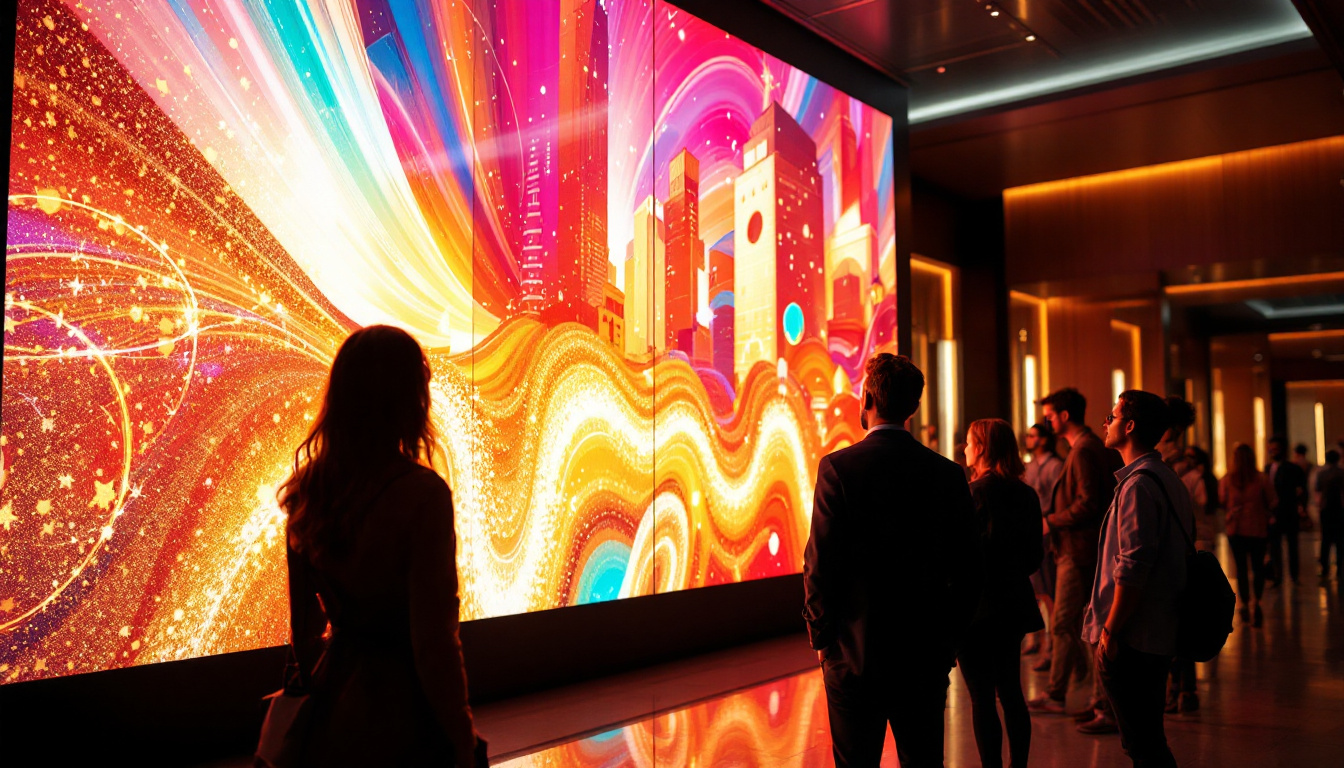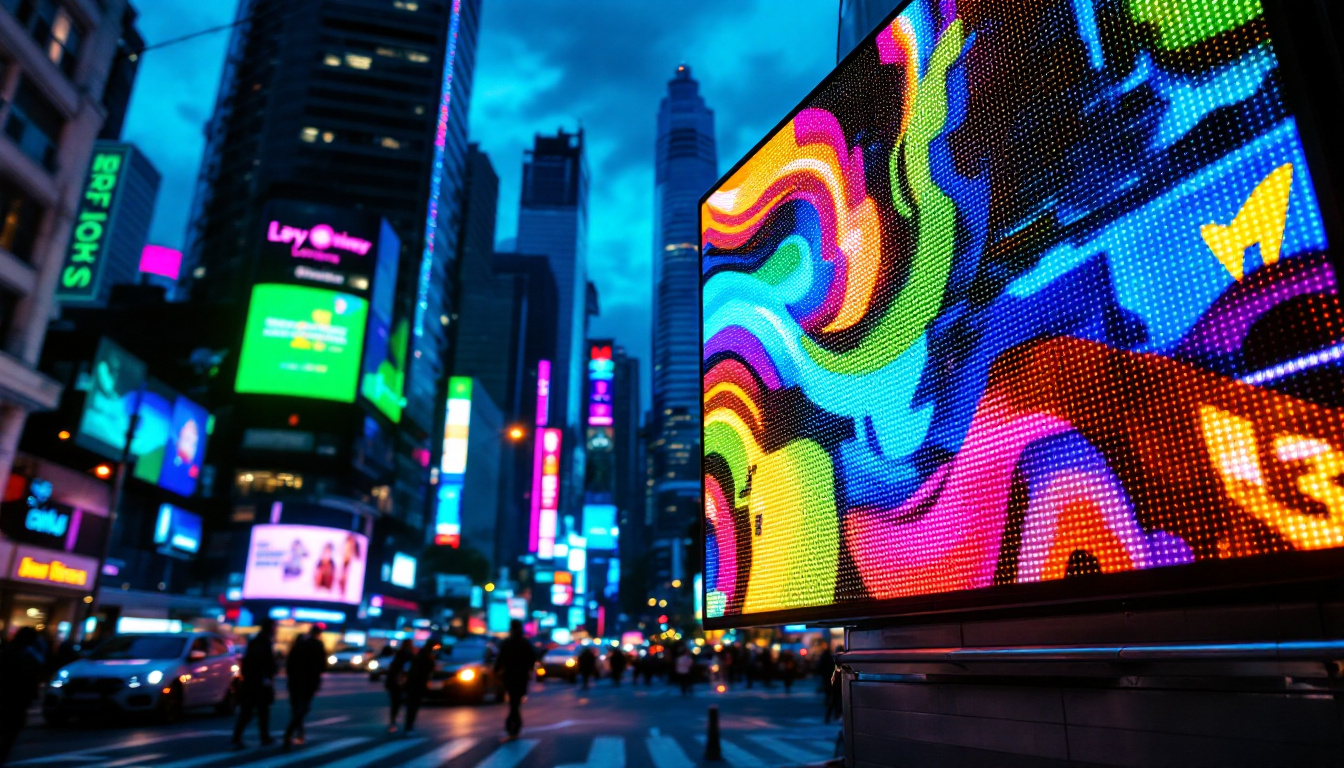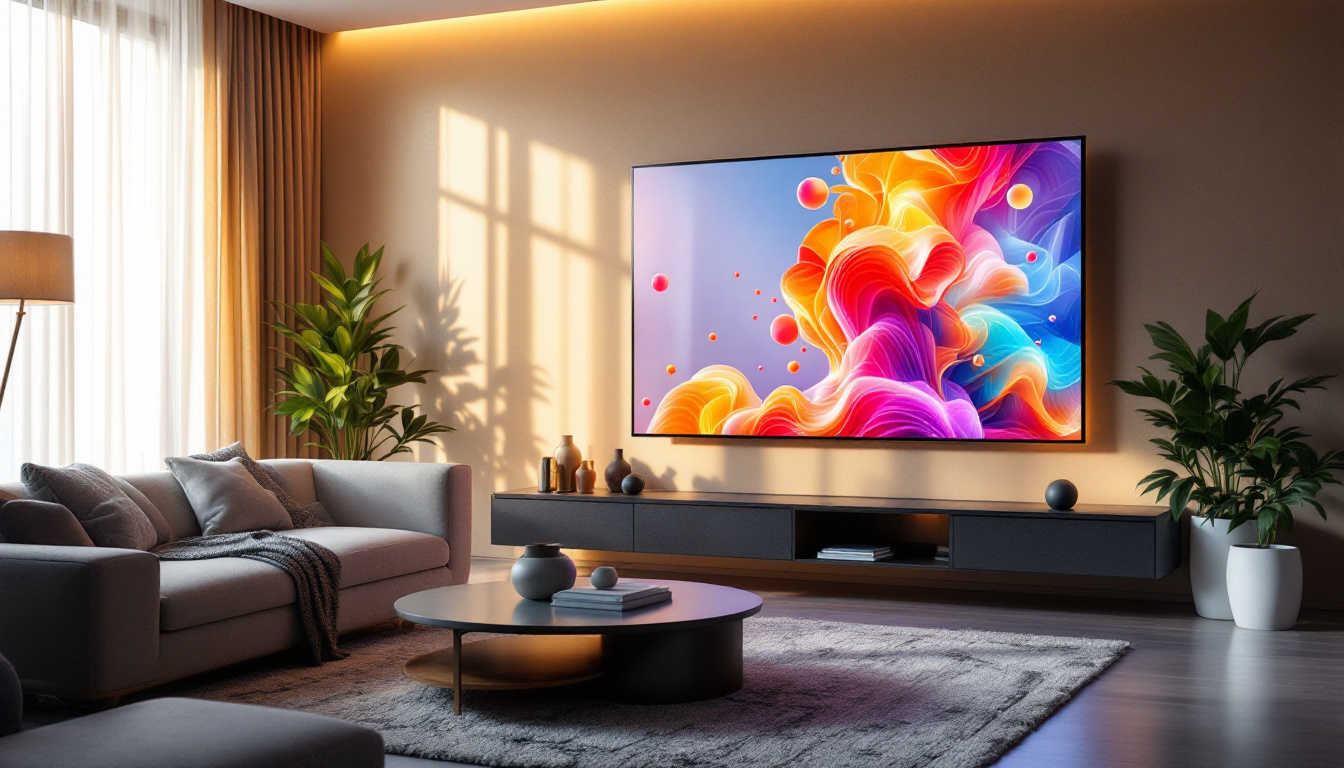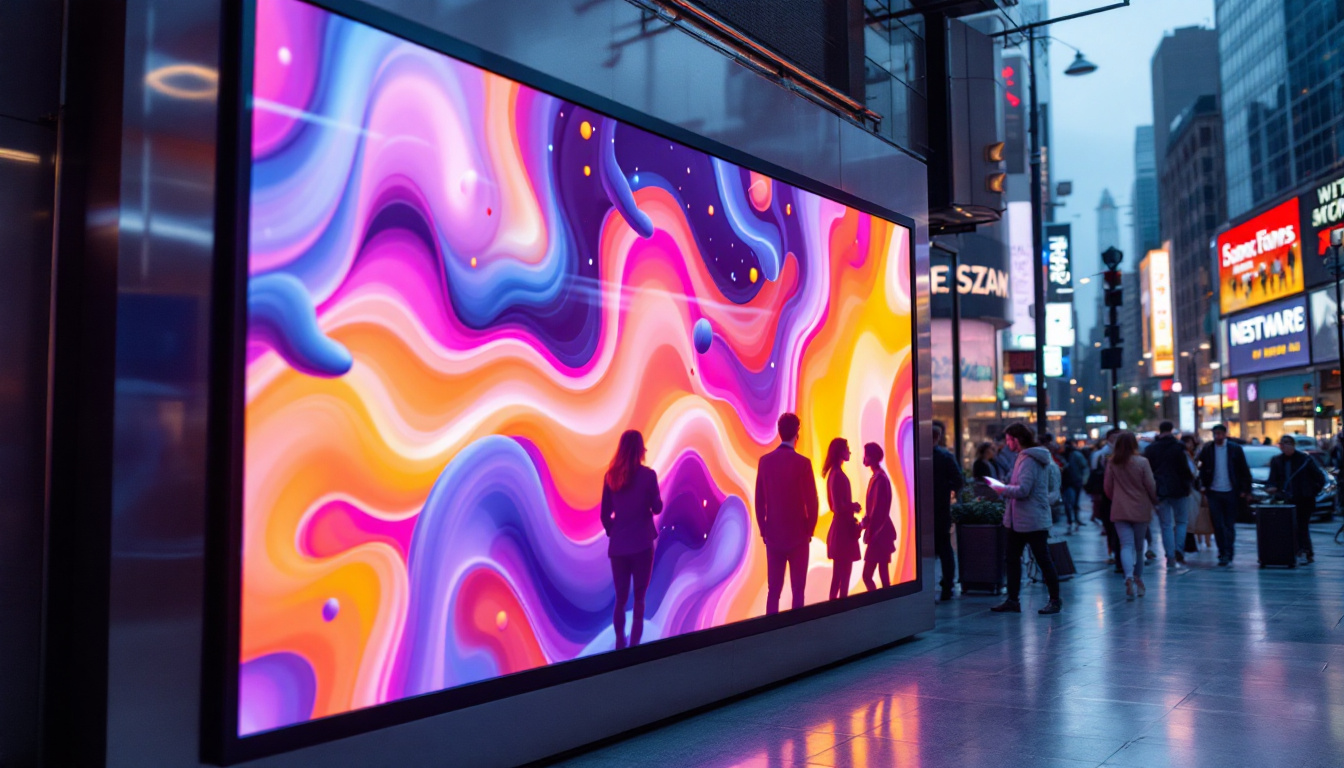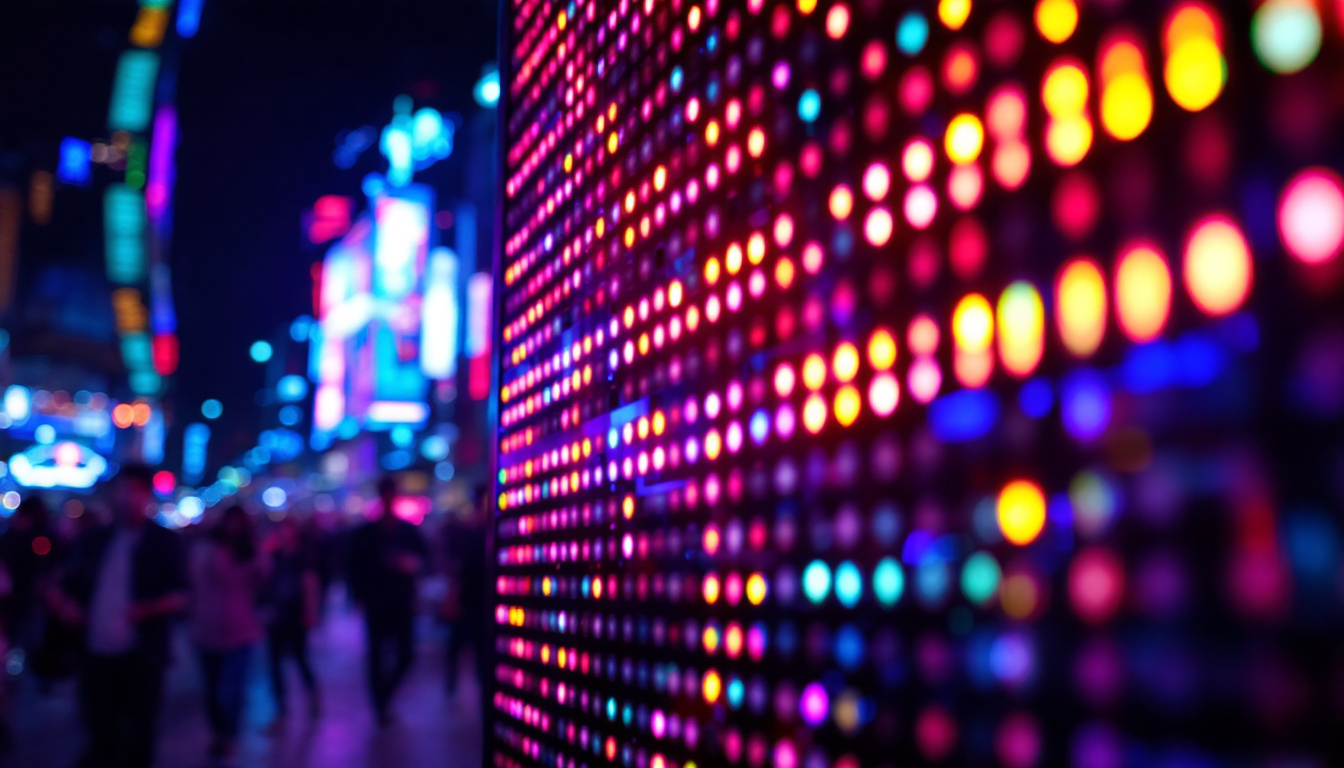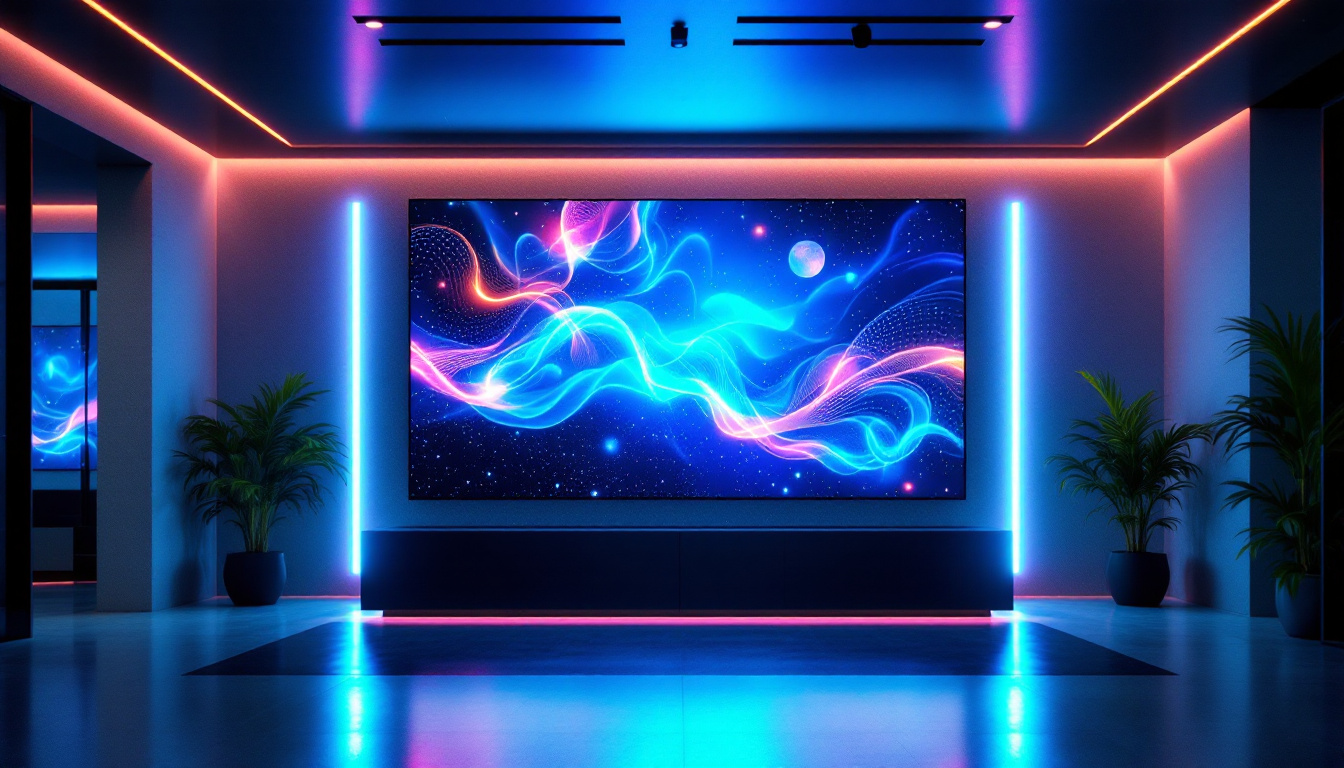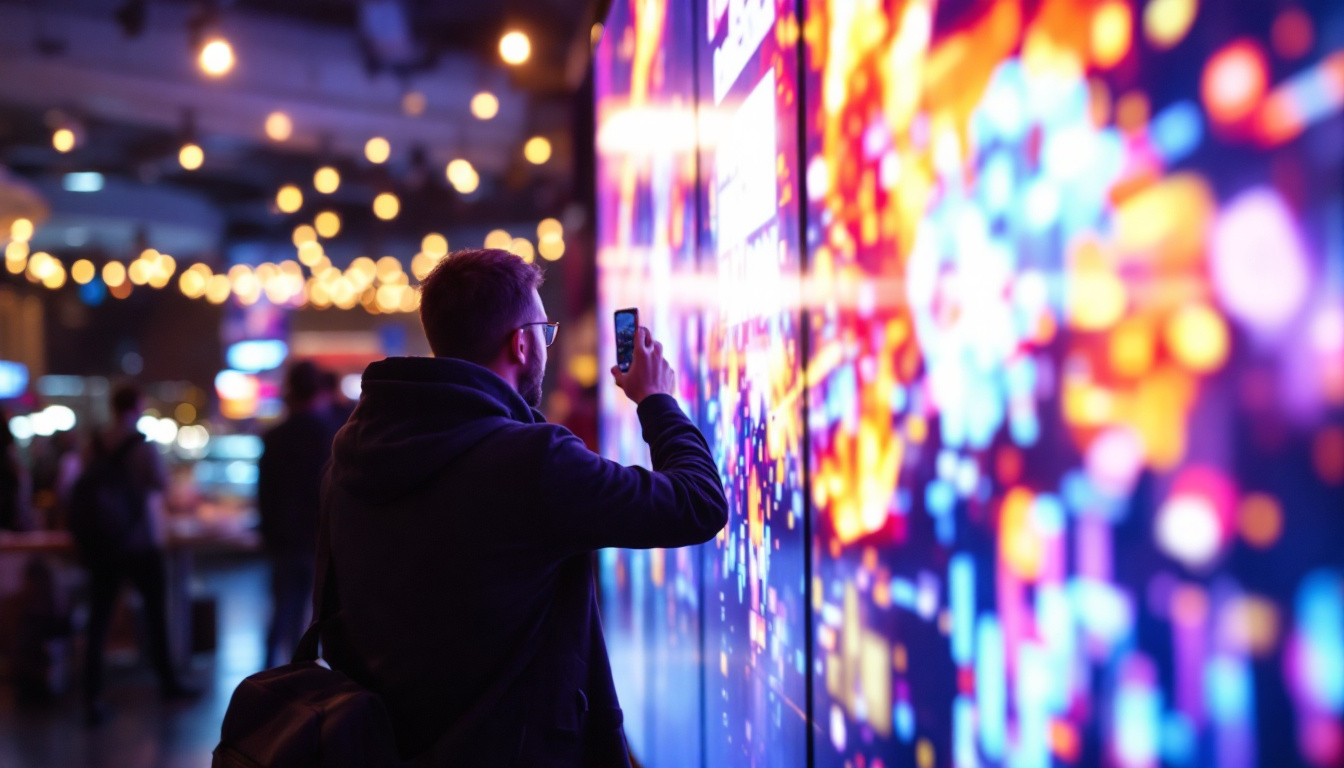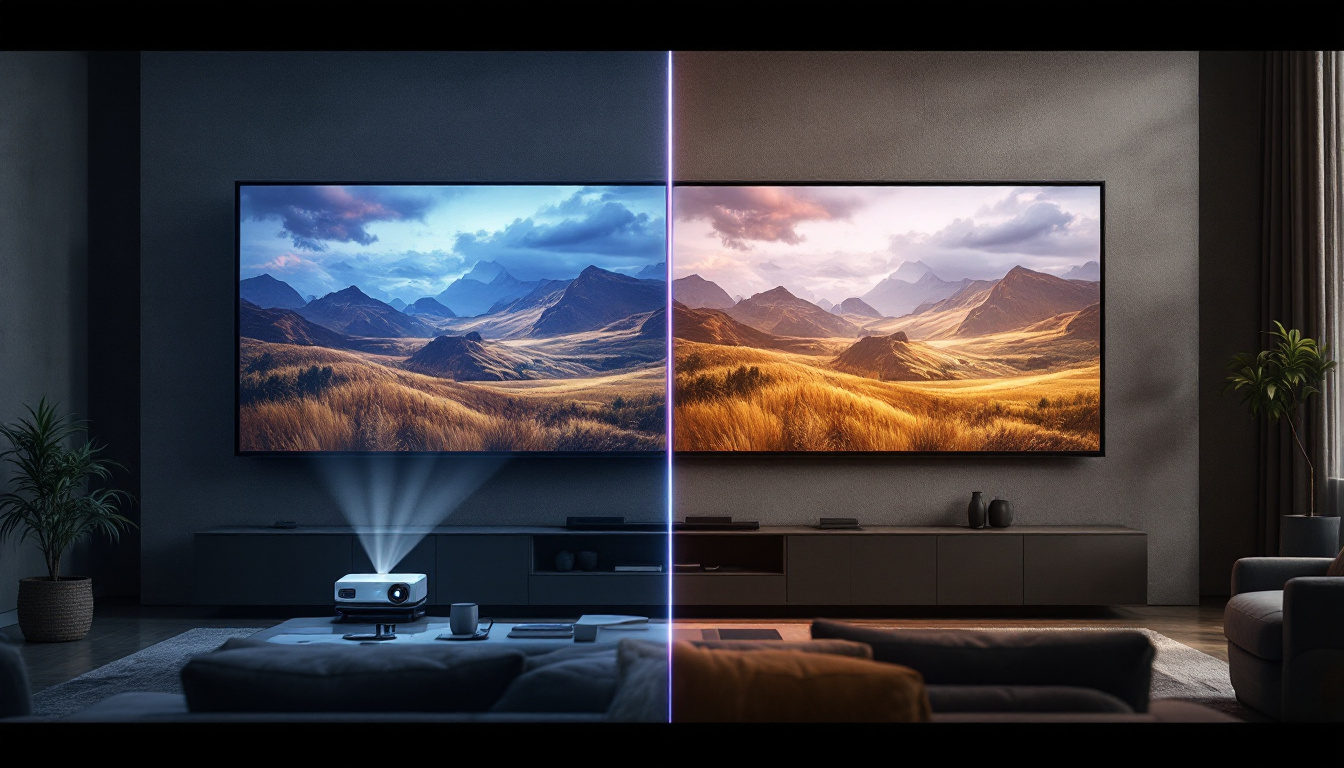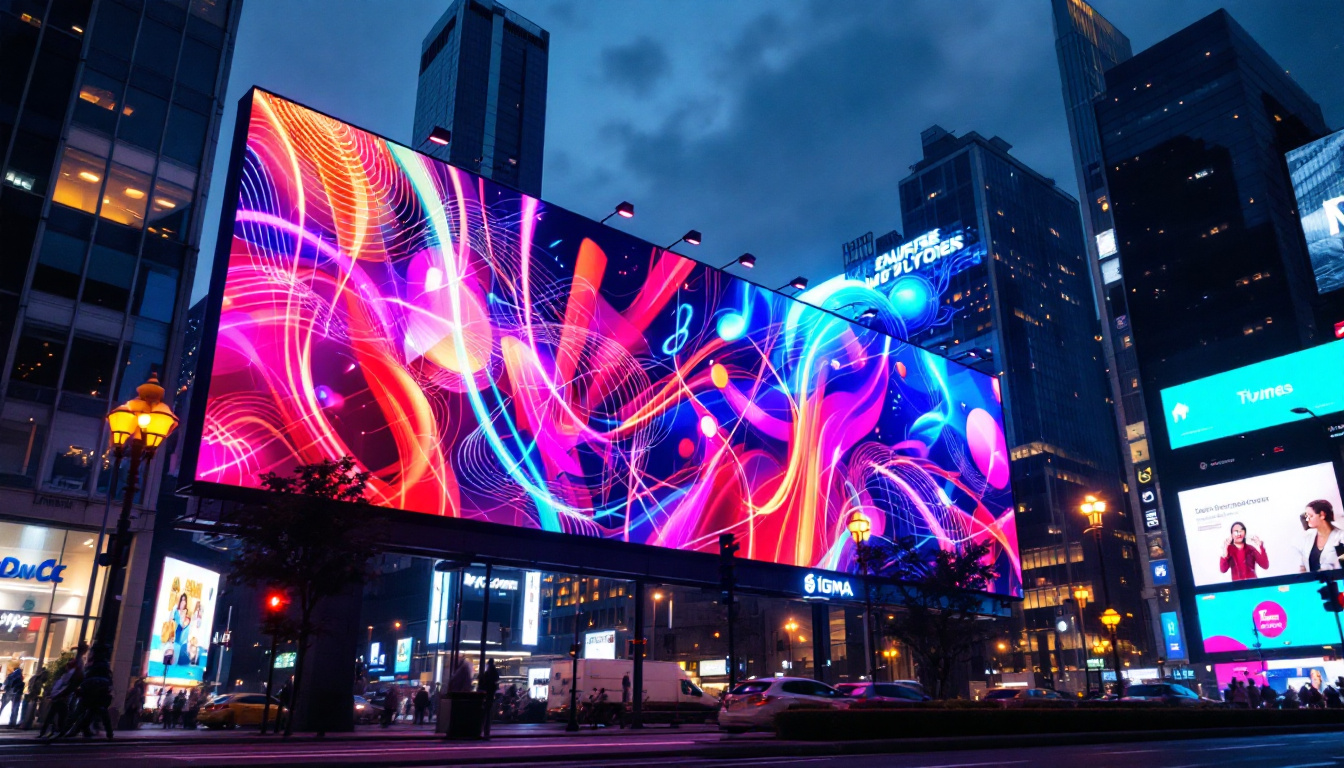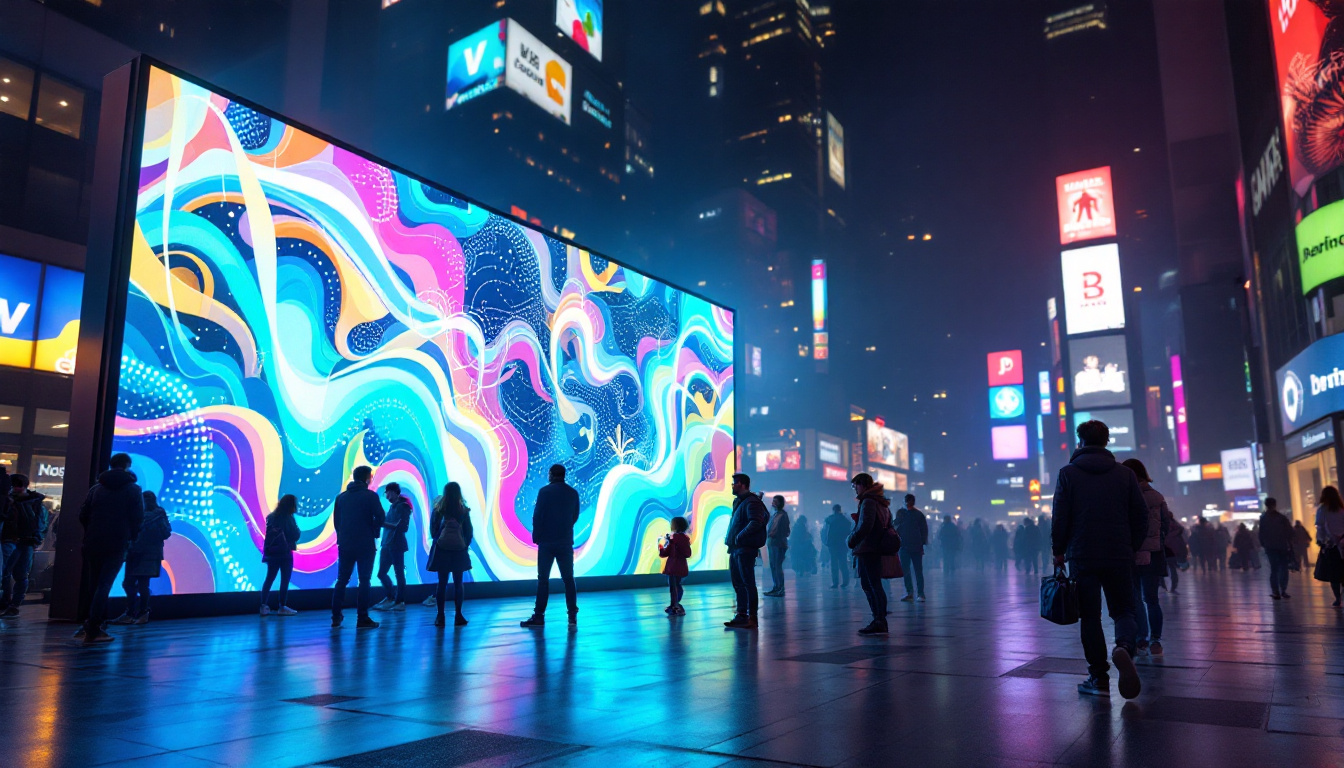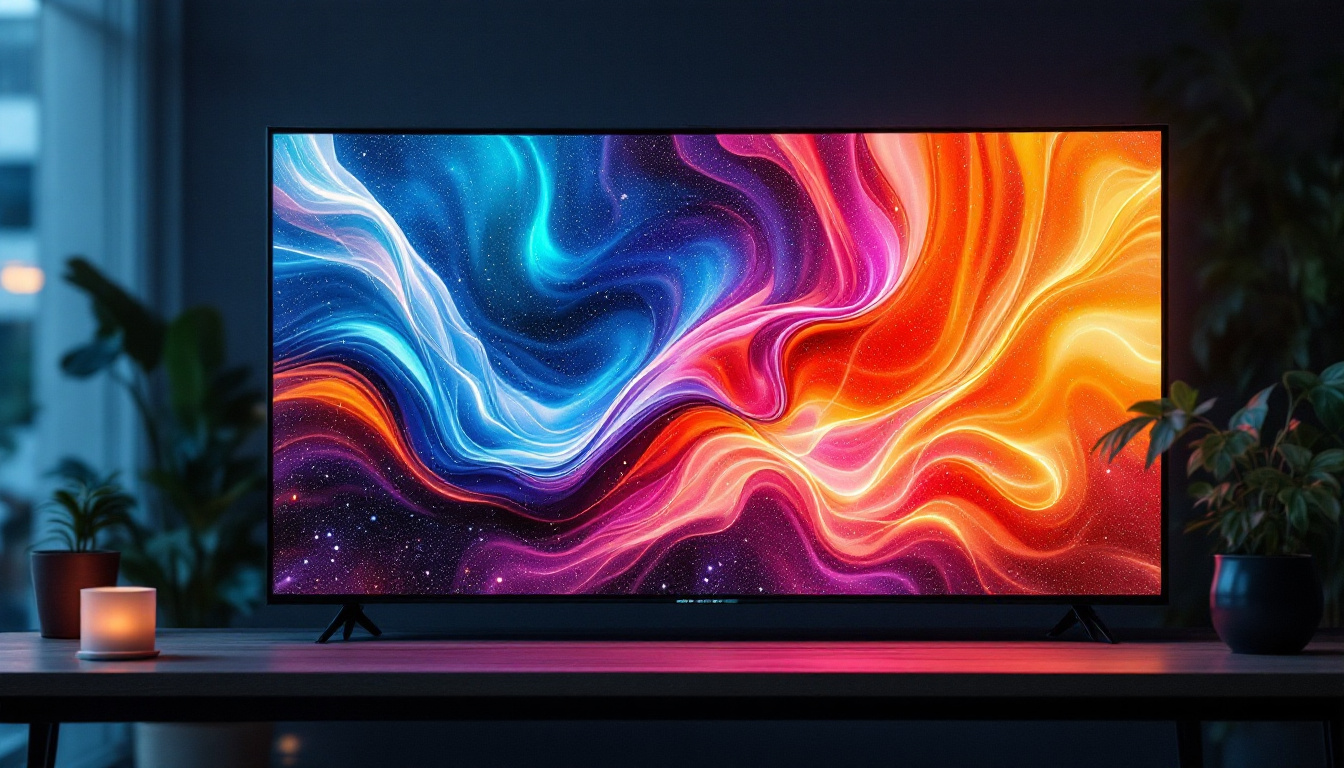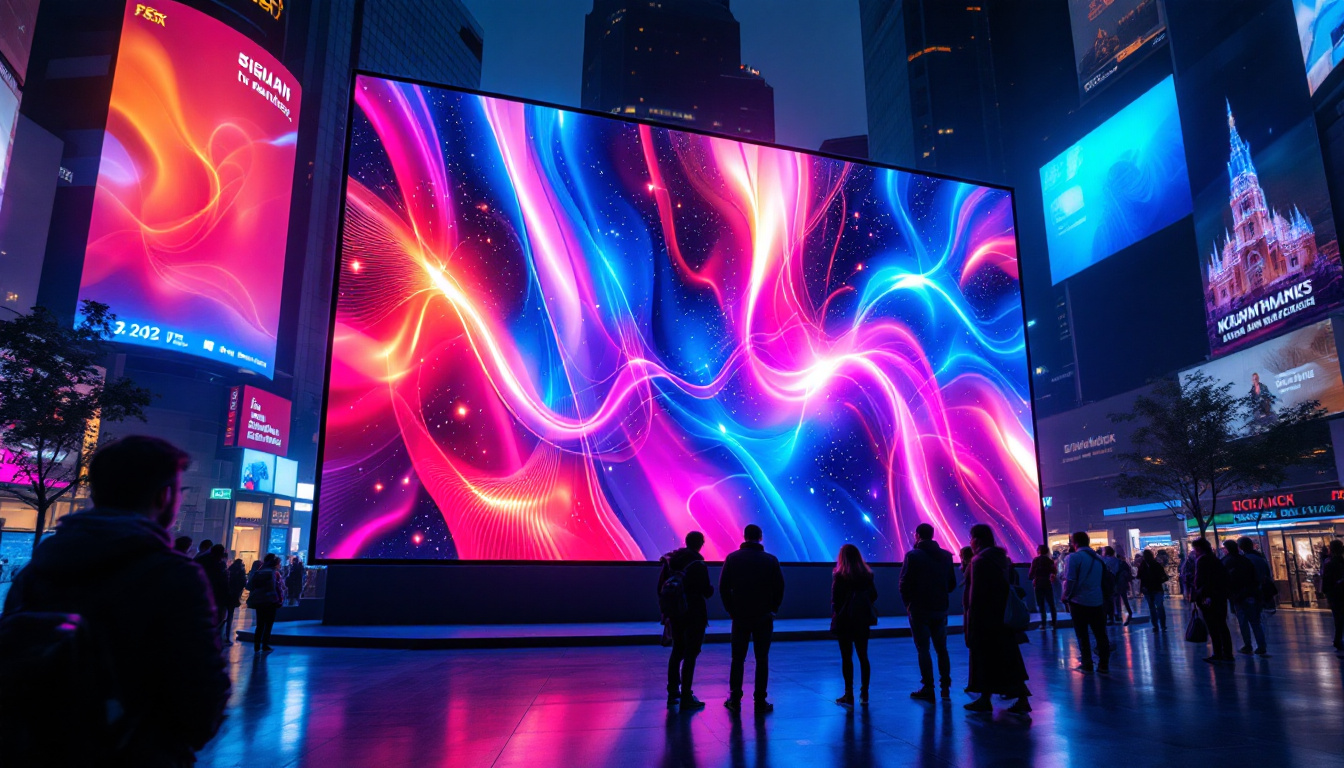The evolution of display technology has transformed the way we communicate, advertise, and entertain. Among the various innovations in this field, LED displays have emerged as a leading choice for a myriad of applications. In particular, the 10 truss LED display has gained significant traction in the event and entertainment industries. This article delves into the intricacies of 10 truss LED displays, exploring their structure, benefits, and applications.
Understanding LED Displays
LED (Light Emitting Diode) displays are electronic devices that use LEDs to produce images, videos, and animations. These displays are known for their brightness, energy efficiency, and versatility. Unlike traditional LCD screens, LED displays can be configured in various shapes and sizes, making them ideal for both indoor and outdoor use. The adaptability of LED technology has led to its widespread application across various industries, from advertising to entertainment, and even in architectural design.
How LED Displays Work
At the core of an LED display are tiny semiconductor devices that emit light when an electric current passes through them. Each LED can produce different colors by varying the intensity of the current. By combining red, green, and blue LEDs, a full spectrum of colors can be achieved, allowing for vibrant visuals. This RGB color model is fundamental to how images are rendered on LED screens, enabling the creation of intricate graphics and animations that captivate audiences.
LED displays can be categorized into two main types: direct view and backlit. Direct view LED displays are made up of individual LED modules that create the image directly, while backlit displays use LEDs to illuminate an LCD panel from behind. The direct view technology is particularly popular for large-scale displays due to its superior brightness and viewing angles. Furthermore, advancements in technology have led to the development of flexible LED displays, which can be bent or shaped to fit unconventional spaces, opening up new possibilities for creative installations.
Advantages of LED Displays
One of the most significant advantages of LED displays is their brightness. They are capable of producing vivid colors even in bright daylight, making them suitable for outdoor advertising and events. Additionally, LED displays are energy-efficient, consuming less power than traditional display technologies. This efficiency not only reduces operational costs but also contributes to a smaller carbon footprint. The long operational life of LED displays means that they can run for thousands of hours without significant degradation in quality, making them a cost-effective solution for businesses and organizations.
Another advantage is their durability. LED displays are designed to withstand harsh weather conditions, making them ideal for outdoor use. They also have a longer lifespan compared to other display technologies, which means lower replacement costs over time. Moreover, many LED displays are built with rugged materials that resist impacts and vibrations, further enhancing their reliability in high-traffic environments. This resilience is particularly beneficial for venues such as sports arenas and concert halls, where displays are subjected to constant use and potential physical stress.
In addition to their physical benefits, LED displays offer remarkable versatility in content management. With the integration of smart technology, these displays can be easily updated and controlled remotely, allowing for real-time content changes. This feature is particularly advantageous for businesses that need to adapt their messaging quickly, such as during promotional events or breaking news situations. Furthermore, the ability to synchronize multiple displays creates opportunities for immersive experiences, transforming public spaces into dynamic visual environments that engage and inform audiences effectively.
The 10 Truss Structure
The term “10 truss” refers to a specific structural configuration used to support LED displays, particularly in event settings. A truss is a framework made of metal beams that provides stability and support for various equipment, including lighting and video displays. The “10” in 10 truss typically indicates the size and load capacity of the truss system.
Components of a 10 Truss System
A typical 10 truss system consists of several key components, including the truss itself, mounting brackets, and safety cables. The truss is usually made from lightweight yet sturdy materials, such as aluminum, which allows for easy transportation and setup. Mounting brackets are used to secure the LED display to the truss, ensuring it remains stable during use.
Safety cables are an essential part of any truss system, providing an additional layer of security. These cables help prevent accidental falls, especially in high-profile events where safety is paramount. Proper installation and adherence to safety guidelines are crucial when setting up a 10 truss LED display.
Benefits of Using a 10 Truss for LED Displays
Using a 10 truss system for LED displays offers several benefits. Firstly, it provides a robust and stable support structure, ensuring that the display remains secure even in windy or adverse conditions. This stability is particularly important for outdoor events where environmental factors can pose a risk.
Secondly, a 10 truss system allows for flexible configurations. Event planners can adjust the height and angle of the LED display to optimize visibility for the audience. This adaptability is essential for ensuring that all attendees have a clear view of the content being presented.
Applications of 10 Truss LED Displays
10 truss LED displays are versatile and can be used in various settings, from concerts and festivals to corporate events and trade shows. Their ability to deliver high-quality visuals makes them a popular choice for any occasion requiring dynamic presentations.
Concerts and Live Events
In the entertainment industry, 10 truss LED displays are often used to enhance the audience experience during concerts and live performances. These displays can showcase vibrant visuals, including live feeds, animations, and graphics, creating an immersive atmosphere that captivates audiences. The high brightness and clarity of LED technology ensure that visuals remain sharp and engaging, even from a distance.
Moreover, the flexibility of the truss system allows for creative stage designs. Event organizers can experiment with different display configurations, such as curved or angled screens, to create a unique visual experience that complements the performance.
Corporate Events and Trade Shows
For corporate events and trade shows, 10 truss LED displays serve as powerful marketing tools. Companies can use these displays to showcase their products, services, and branding in an eye-catching manner. The ability to display high-resolution graphics and videos helps capture the attention of potential clients and partners, making a lasting impression.
Additionally, the modular nature of LED displays allows businesses to scale their presentations according to the size of the event. Whether it’s a small meeting or a large exhibition, a 10 truss LED display can be customized to fit the specific needs of the occasion.
Outdoor Advertising
Outdoor advertising has also benefited from the rise of 10 truss LED displays. These displays can be strategically placed in high-traffic areas to maximize visibility and reach a larger audience. Their brightness ensures that advertisements remain visible even in direct sunlight, making them an effective medium for promoting products and services.
Furthermore, the ability to change content quickly and easily allows advertisers to keep their messages fresh and relevant. This flexibility is particularly advantageous for businesses that want to promote time-sensitive offers or events.
Installation and Maintenance Considerations
While 10 truss LED displays offer numerous benefits, proper installation and maintenance are crucial for ensuring their longevity and performance. Understanding the installation process and regular maintenance requirements can help prevent issues and maximize the display’s lifespan.
Installation Process
Installing a 10 truss LED display involves several steps. First, a thorough assessment of the venue is necessary to determine the optimal location for the display. Factors such as audience sightlines, lighting conditions, and safety regulations should be considered during this assessment.
Once the location is determined, the truss system must be assembled and secured according to manufacturer guidelines. This process typically involves connecting individual truss sections, attaching mounting brackets, and ensuring that safety cables are properly installed. It is advisable to work with experienced professionals to ensure that the installation is carried out safely and effectively.
Regular Maintenance
To keep a 10 truss LED display functioning optimally, regular maintenance is essential. This includes routine inspections to check for any signs of wear or damage, as well as cleaning the display surface to remove dust and debris that can affect image quality.
Additionally, it is important to monitor the performance of the LED modules. Any malfunctioning LEDs should be replaced promptly to maintain the overall quality of the display. Establishing a maintenance schedule can help ensure that the display remains in peak condition, reducing the risk of unexpected issues during events.
Future Trends in LED Display Technology
The LED display industry is continuously evolving, with new technologies and innovations emerging regularly. Understanding these trends can provide insights into the future of 10 truss LED displays and their potential applications.
Advancements in Resolution and Pixel Density
One of the most significant trends in LED display technology is the advancement in resolution and pixel density. As technology progresses, manufacturers are able to produce displays with higher resolutions and smaller pixel pitches. This means that images and videos can be displayed with greater clarity and detail, enhancing the overall viewing experience.
Higher resolution displays are particularly beneficial for events where close-up viewing is common, such as corporate presentations and trade shows. As a result, the demand for high-resolution 10 truss LED displays is likely to increase in the coming years.
Integration with Smart Technology
Another trend is the integration of LED displays with smart technology. This includes features such as remote monitoring, automated content management, and interactive capabilities. By leveraging smart technology, event organizers can streamline the management of their displays, making it easier to update content and monitor performance in real time.
Moreover, interactive LED displays can engage audiences in new ways, allowing for real-time feedback and participation. This interactivity can enhance the overall experience for attendees, making events more memorable and impactful.
Conclusion
The 10 truss LED display represents a significant advancement in display technology, offering a versatile and effective solution for various applications. From concerts to corporate events, these displays provide vibrant visuals and flexible configurations that enhance audience engagement. Understanding the structure, benefits, and applications of 10 truss LED displays is essential for anyone involved in event planning or advertising.
As technology continues to evolve, the future of LED displays looks promising. With advancements in resolution, pixel density, and smart technology integration, 10 truss LED displays are poised to play an even more significant role in the way we communicate and connect in the years to come. Embracing these innovations will not only enhance the visual experience but also drive the industry forward, creating exciting opportunities for businesses and event organizers alike.
Discover LumenMatrix LED Display Solutions
Ready to elevate your events and advertising with cutting-edge LED technology? Explore LumenMatrix’s innovative LED display solutions, designed to captivate your audience and amplify your message. From vibrant Indoor and Outdoor LED Wall Displays to dynamic Vehicle and Sports LED Displays, our extensive range ensures that your visual communication is impactful and unforgettable. Experience the future of digital signage with our Custom, All-in-One, and Transparent LED Displays. Check out LumenMatrix LED Display Solutions today and transform your space into a visual spectacle.

